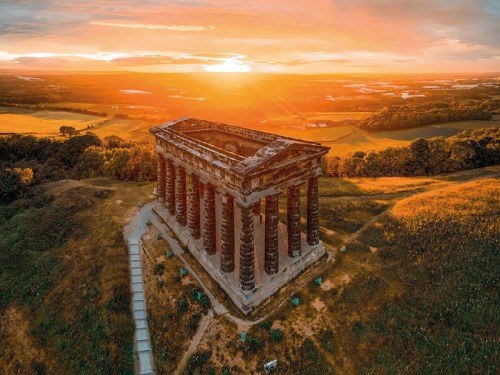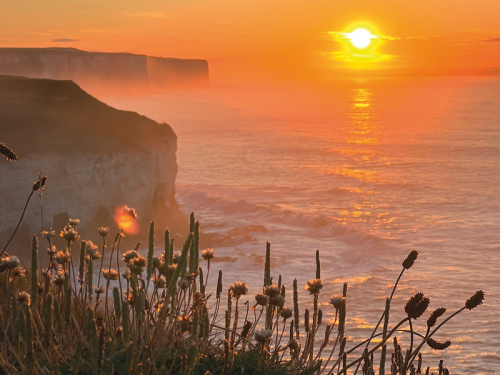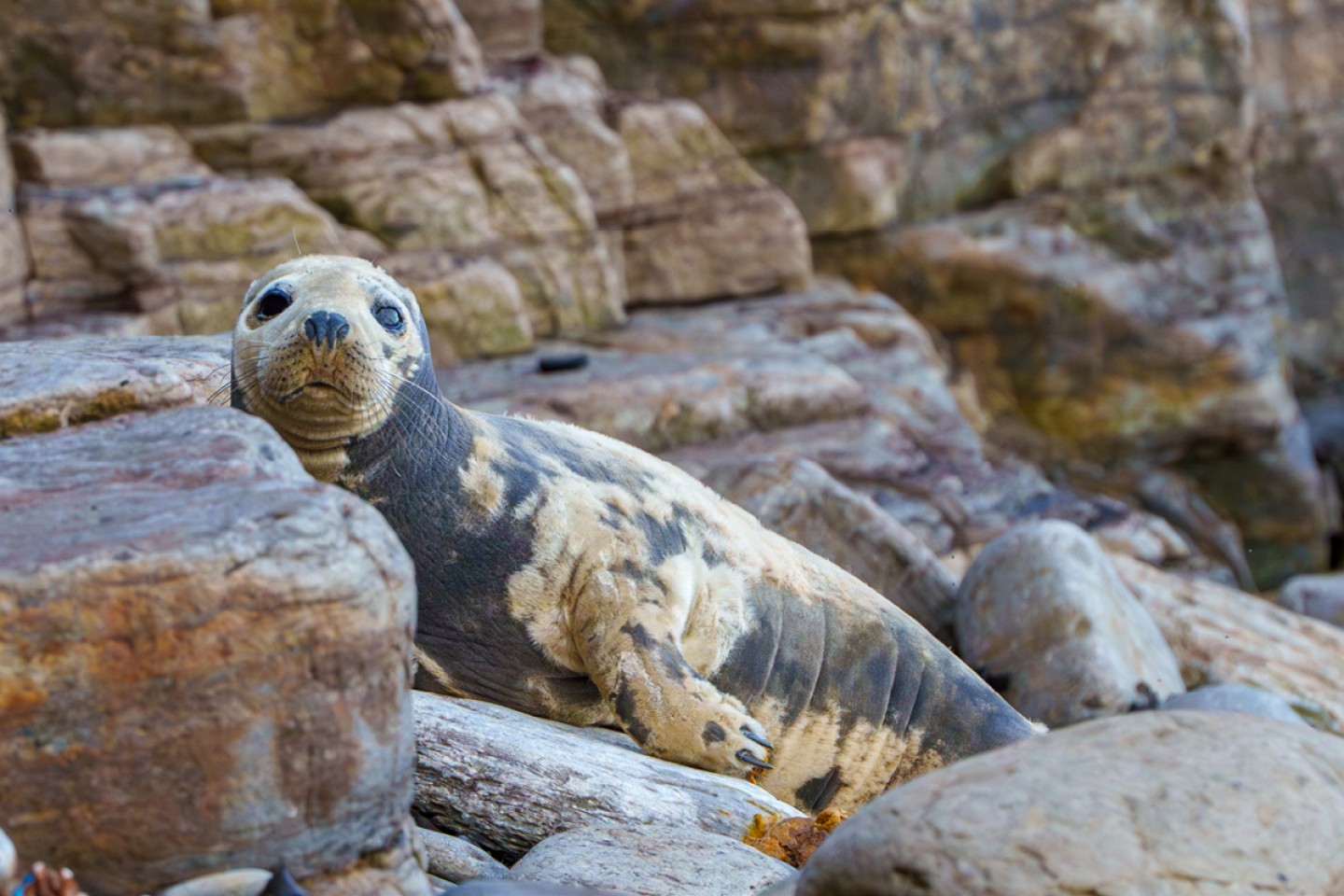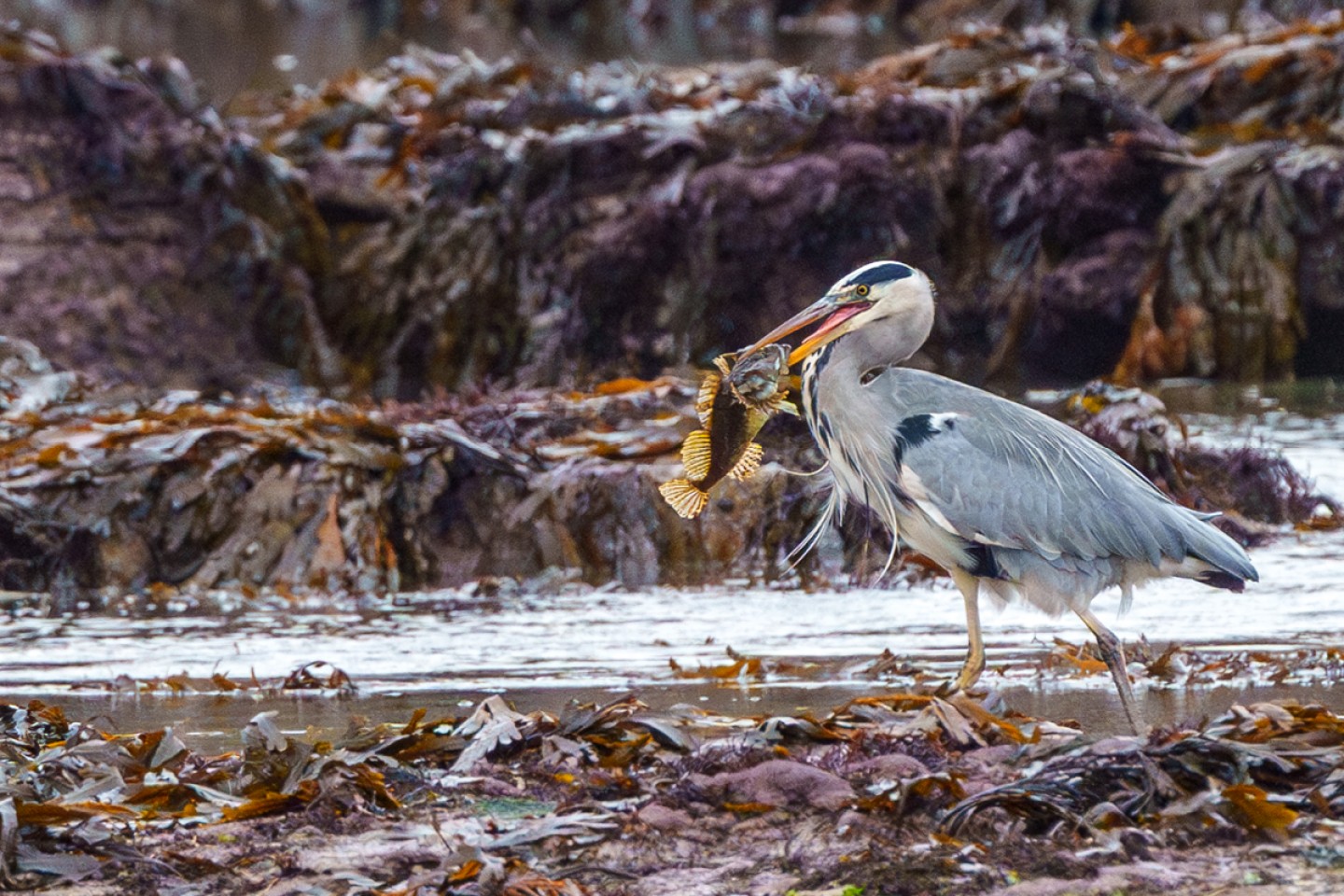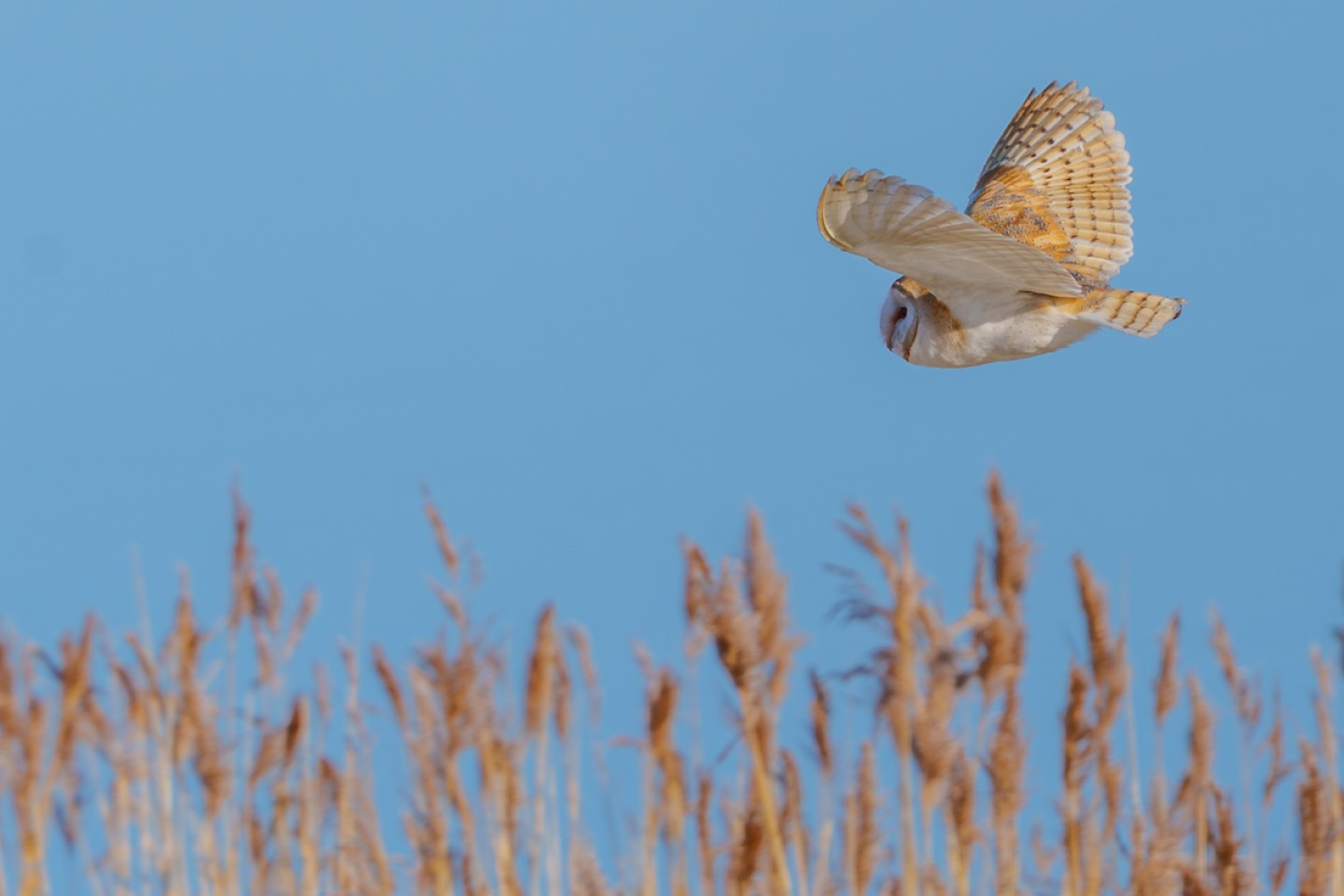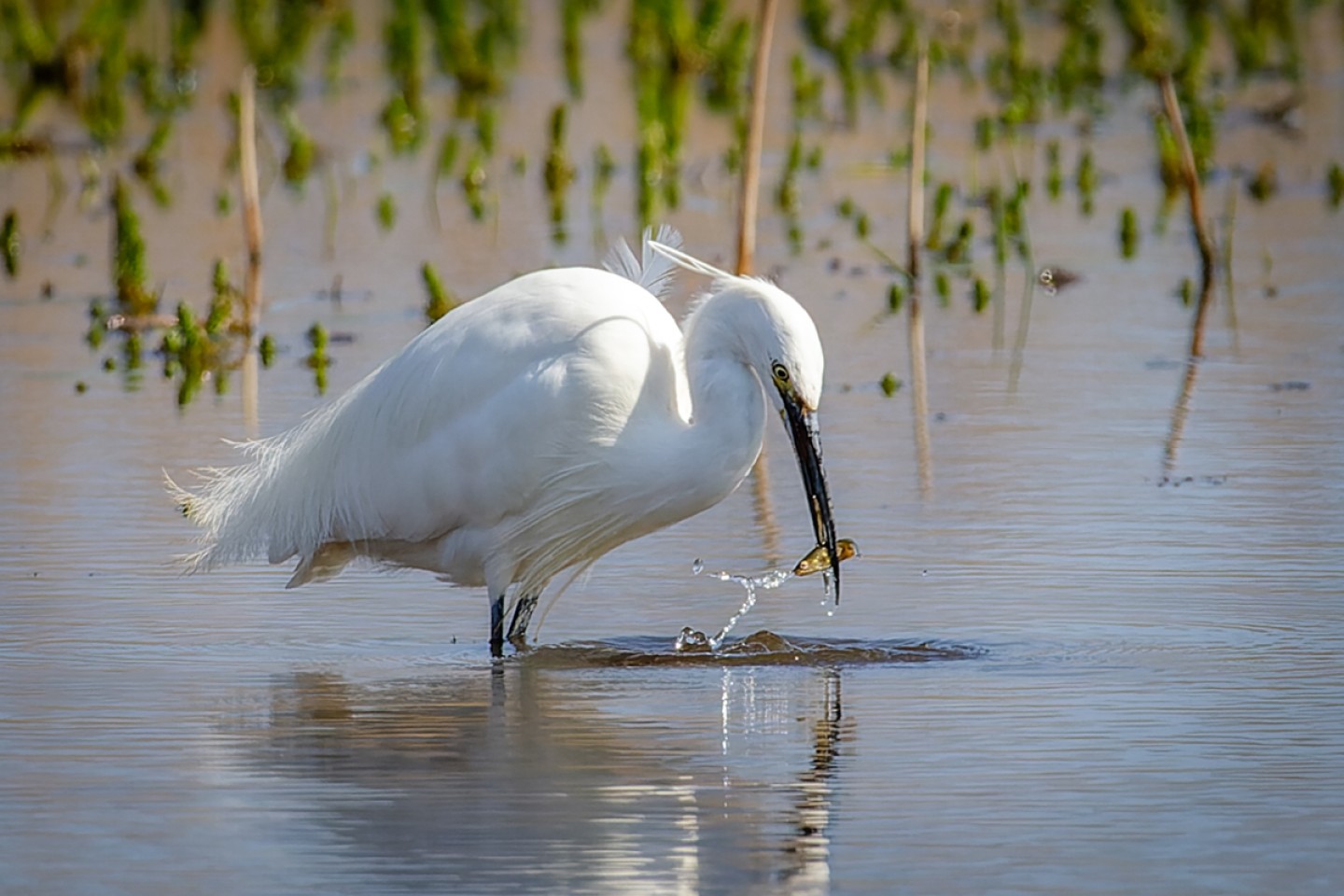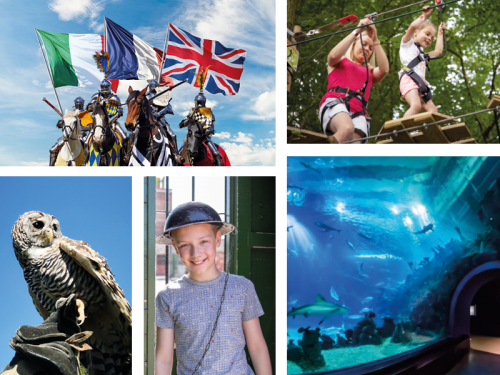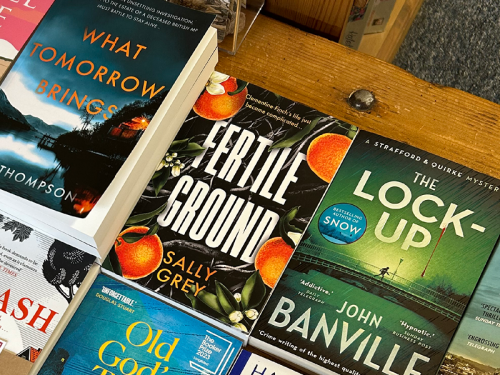Stunning Wildlife Photographs from Northumberland
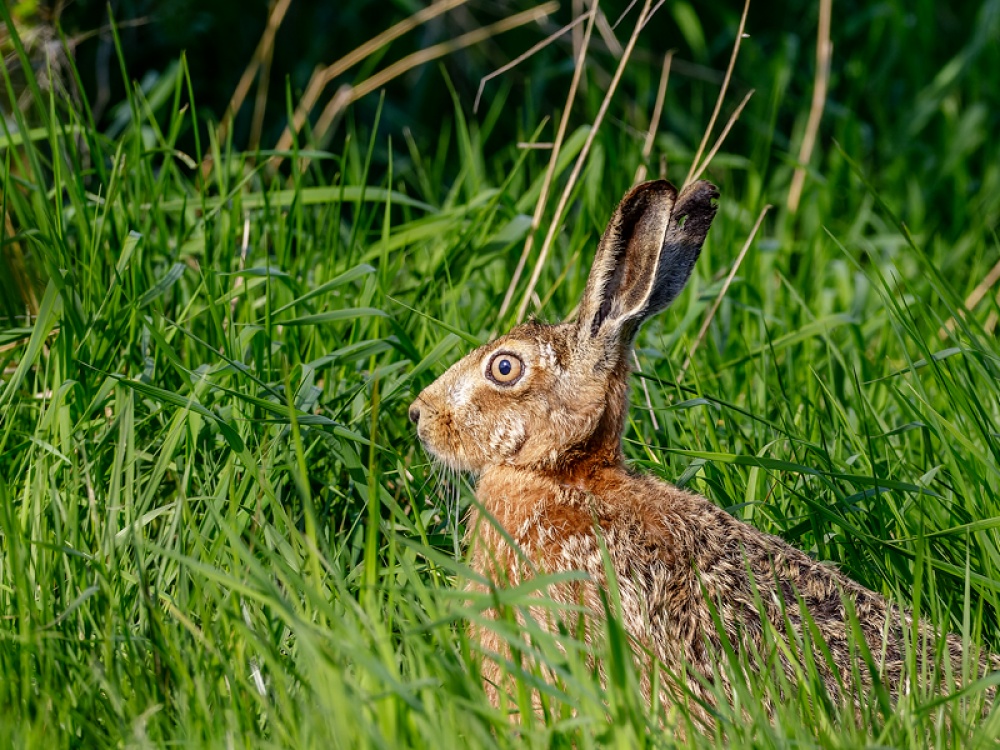
Landscape and wildlife photographer Stephen Pemberton shares some of his favourite photographs
Tell us about yourself.
I moved to Northumberland around 12 years ago and from the moment I moved here, I fell in love with the place. I've been lucky to have travelled many parts of the UK and the world with previous jobs in the Armed Forces and in the aviation sector. Photography has always interested me and I would often, like many, take photos of the places I'd visit and show them to family and friends.
How did you get into photography?
It was during the Covid pandemic that I searched for something to occupy my mind and decided on trying more photography. At that point, I had an old digital camera which I used many years ago but stuck in a cupboard and left to gather dust. I had also been given an old 1980s film camera from a friend many years ago. I thought it would be fun to use a film camera while out on my daily walks and I found out rather quickly that it helped me to switch off from any stress and pressure I was under. After a while I decided to purchase a DSLR and a few lenses and headed out into Northumberland to see what I could capture. This is where it really took a turn for the better! Through photography I had gone from being a person who hated walking to being someone who couldn’t wait to get back out and find more tracks, paths, and quirky places on my doorstep. Northumberland has a huge amount to offer, not only with the landscape but with wildlife too. Initially, my main focus was landscape photography and very little on wildlife. It was only when I bought a telephoto lens a couple of years ago that I started to notice and take photos of the local wildlife. We have so many different amazing creatures around us, and the best bit about being out with the camera is that you never know what you might see. It felt like I’ve spent most of my life with my eyes closed. Having the telephoto lens taught me to look around, notice different signs, movement and sounds. Two years ago is when my photography switched from mainly landscape to wildlife and now I find I can’t go back. We have such a varied collection of wildlife in all different sizes but I have my favourites which are typical of many people including red squirrels, kingfishers, otters, red kites, marsh harrier, owls and foxes.
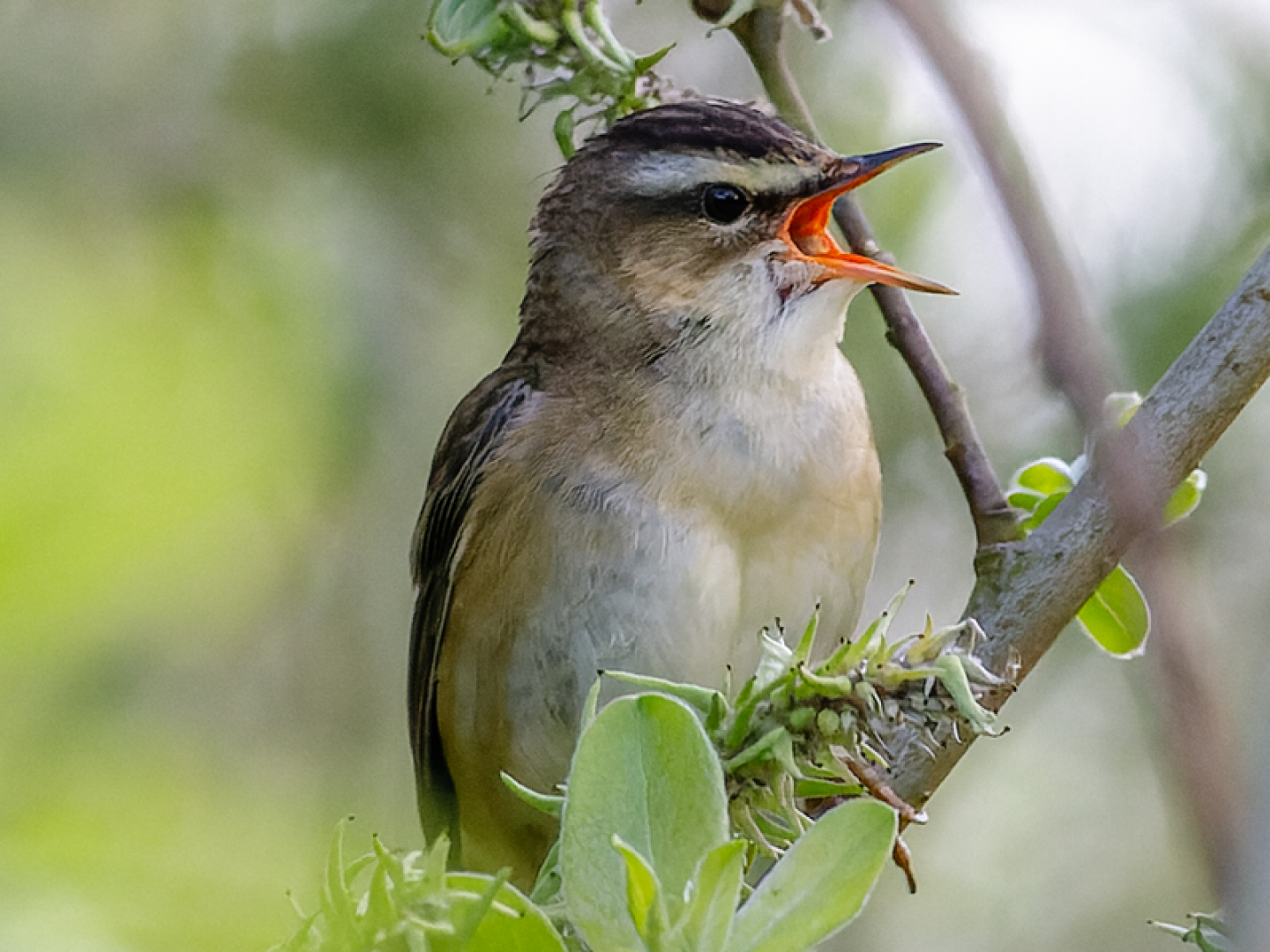
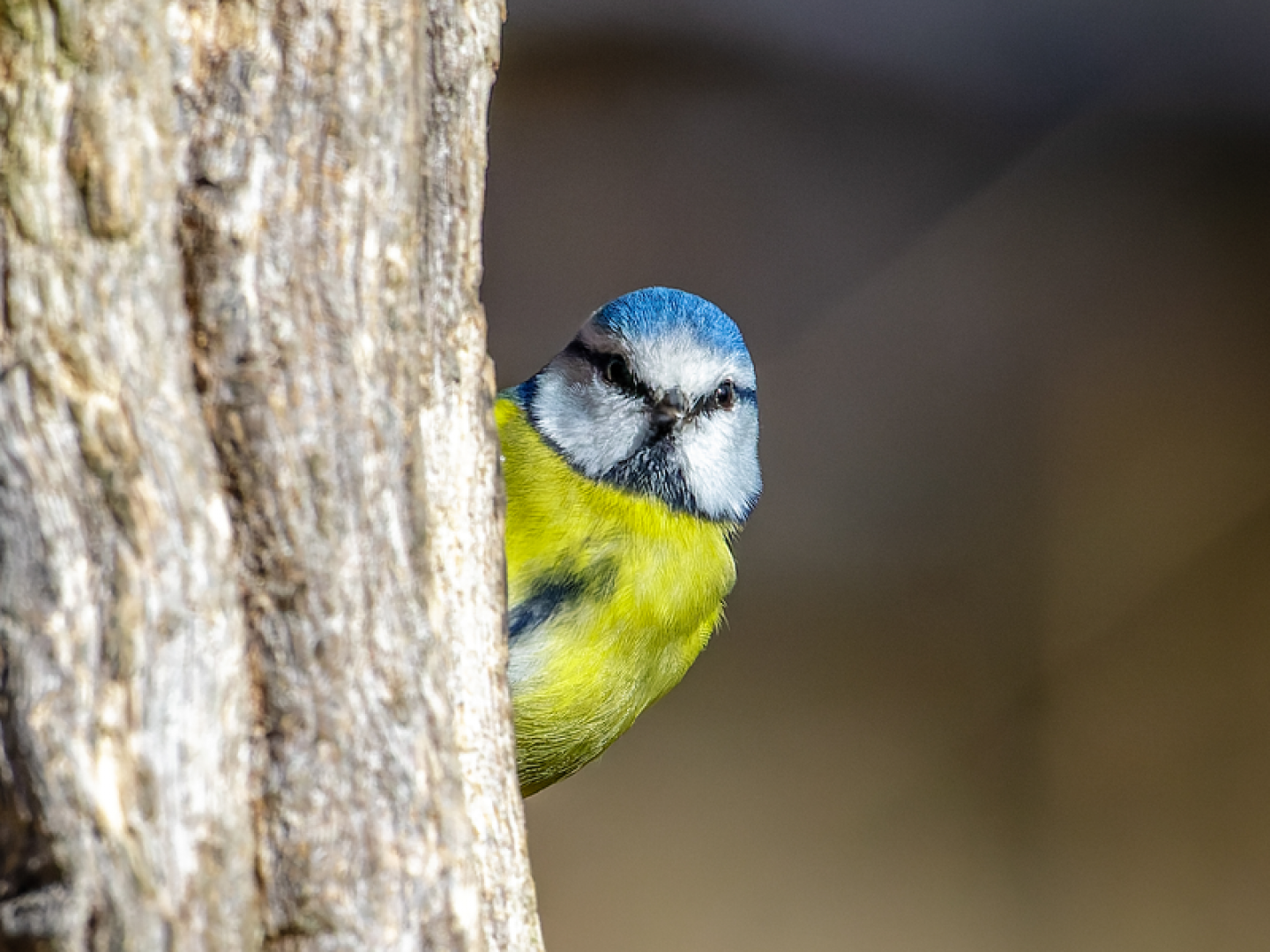
What challenges do you face with this style of photography?
There are a lot of challenges to wildlife photography and these can vary for each person. Although nature can be unpredictable, there are things you can do to give yourself a better chance of getting the right image. This could range from studying the animal from a distance to learn their behaviour, plan to arrive hours early and sit and wait for the opportunity, or plan a route to walk along while keeping your eye out for your subject. Another big challenge is the perception of expense of the equipment. A lot of people believe you need to spend thousands on lenses and camera bodies, but that isn’t true. When I first started, I had a basic DSLR and a standard telephoto lens which cost probably no more than £500 altogether. Even with this set up, I was able to take clear, crisp, detailed photos of wildlife and some of those photos are still some of the best images I’ve taken. A lot of the time, it is the photographer who is the main factor in capturing a good wildlife image. This comes down to practice, putting the time and effort in, and learning each time you go out with your camera. The key to success for me in wildlife photography is research, dedication, patience and learning not to be disappointed if the subject you’re looking for doesn’t appear. If it doesn’t work out as anticipated then there’s always next time, and sometimes just witnessing the scene is a privilege itself. I remember a starling murmuration happened in front of me but I forgot my spare battery so the camera was useless, I wasn't disappointed or frustrated as what I witnessed was spectacular. It’s also a little about getting lucky, and your luck increases the more time that you place yourself in the right situation.
What can you tell us about the wildlife you've captured?
Wildlife can be unpredictable, I’ve often gone out with the hope of capturing images of one animal only to be surprised by another. For example, I went to see the red squirrels and while I was waiting I had a fox walk right in front of me, stop and stare me down before walking off through the trees. It was so close I couldn’t focus on it with the lens I had attached to my camera. Whenever I’m out capturing wildlife with my camera, I’m always conscious of my actions and respectful to the distance needed when approaching animals. Being too close may get you a slightly clearer image but it could damage their nesting behaviour or feeding patterns. It can also put undue stress on the animal and this needs to be avoided at all costs.
Who and what inspires you?
I have always been inspired by nature programmes and in particular The Blue Planet – David Attenborough programmes always have an impact. There are some amazing photographers I follow on Instagram and Facebook and the images they produce are incredible. I follow any advice on offer closely and try different techniques and methods the next time I go out. Learning never stops with photography!
Your favourite place and subject to photograph?
Each photo I look at reminds me of when I took it and the memories of that day come flooding back. If I had to pick my top three then I would probably say the red squirrel peeking from behind a tree, a very lucky image of a rare Aurora phenomenon called STEVE (strong thermal emission velocity enhancement) with the Milky Way, Andromeda galaxy and a shooting star all in the same image, and also the Sycamore Gap tree which I was lucky enough to photograph before it was felled last year. I have a few favourite places to look for wildlife. Along the coast from Cresswell to Amble you can find a huge amount of birds including owls, marsh harriers and kingfishers. My local nature reserve at Gosforth is another fantastic location. There are a group of deer there who always make me smile when I see them and getting close to these animals is always a great experience. Lastly, I love Wooler for the red squirrels. We are so lucky to have these beautiful animals in our area and seeing them leap and bound from tree to tree is a wonderful sight.
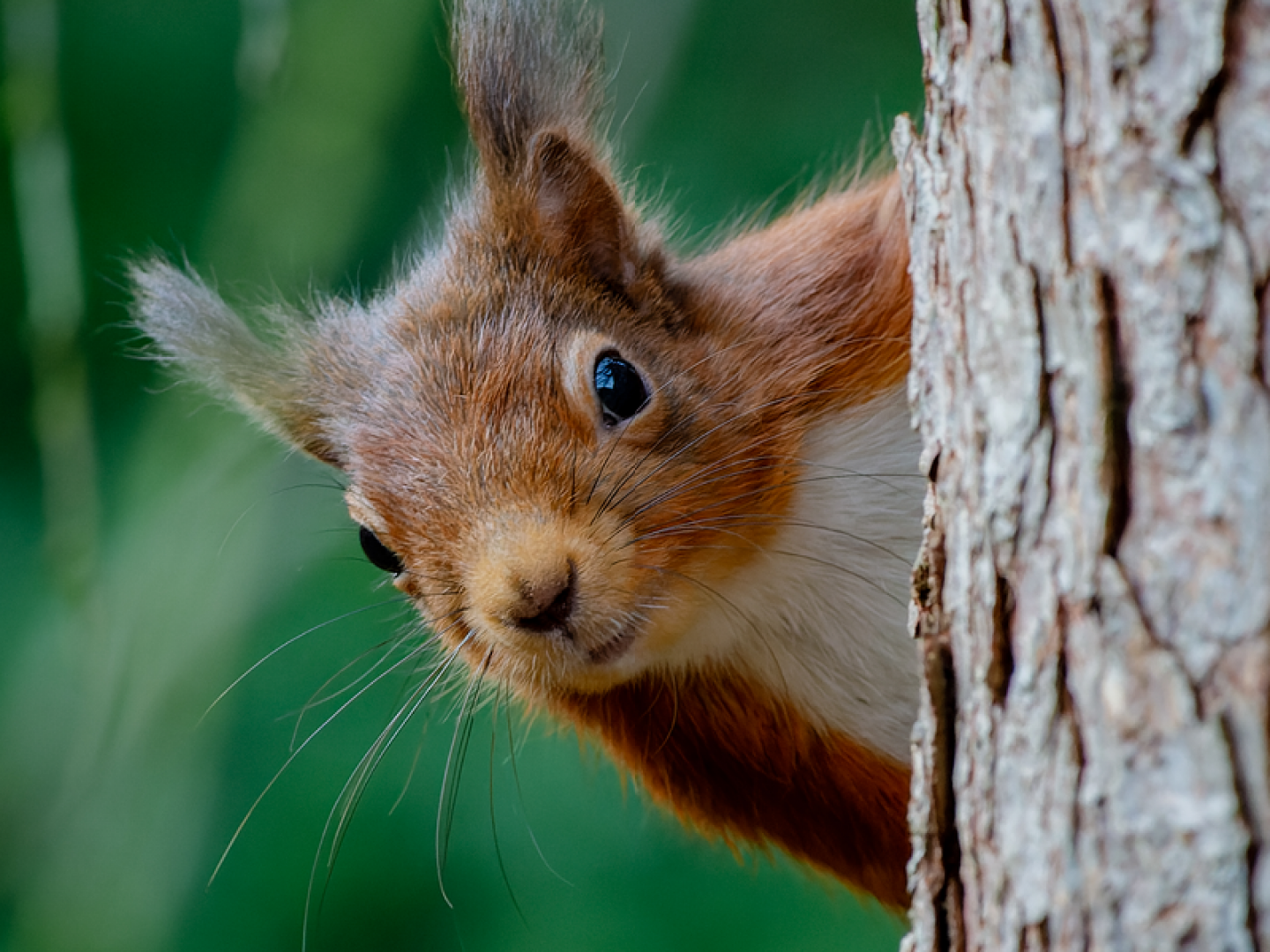
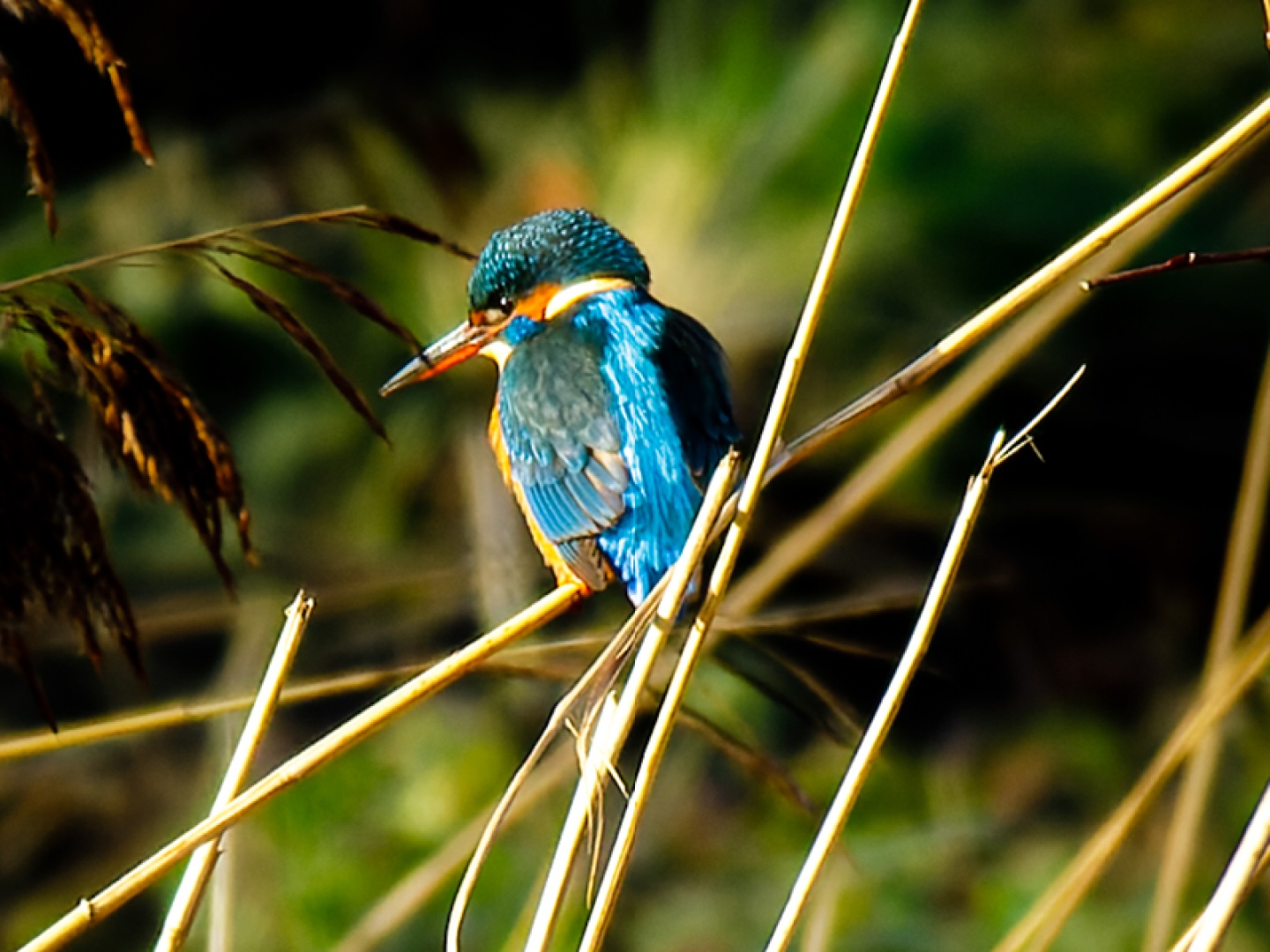
Top tips for beginner photographers?
Take as many photos as your memory card will allow. Overtime, the frequency of the ‘good’ images will increase and you’ll soon know when and how to take the photo at the right moment. Don’t just stick to one type of photography either, challenge yourself to do landscapes, night skies, evenings in the towns or cities or street photography. By doing this more often, you’ll learn a lot more about the way aperture, shutter speed and ISO will help or hinder your images. Stick to auto focus for wildlife but try to not rely on auto picture modes, these can be helpful to start with but don’t be afraid to switch to manual mode or even aperture or shutter priority and play with the settings yourself. Shoot in RAW format too, the data you get from a RAW file allows you to make more adjustments in post processing. There are a lot of software options to use, ranging from free to paid high end subscription services. Start with the free software and get used to editing and bringing out the finer details. Editing is subjective and what is right for some may not be right for others. Capture what you like and stick to your own style. Always remember the photos you are taking are for you and you’ve taken them because they appealed to you. Don’t fall into the trap of trying to get as many likes on social media as you can, this can lead to disappointment and make you feel like the photos aren’t good which won’t be the case. Social media is super competitive and flooded with millions of similar images and algorithms that may not be in your favour as a new photographer.
The final and most important bit of advice I can give is enjoy it. Being out with your camera in a place like Northumberland is magical, it's something we should never take for granted. I enjoy capturing and sharing moments for those who cannot get out themselves for whatever reason it may be. Every day I'm out with my camera is a pleasure, no matter what I see or don't see. Being outdoors has a therapeutic effect and seeing the wildlife hugely enhances that.




